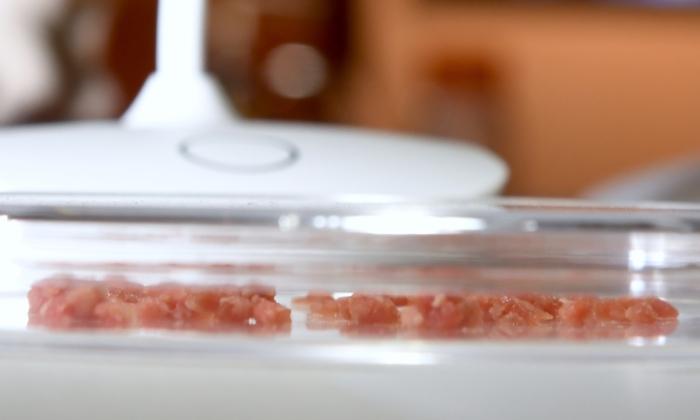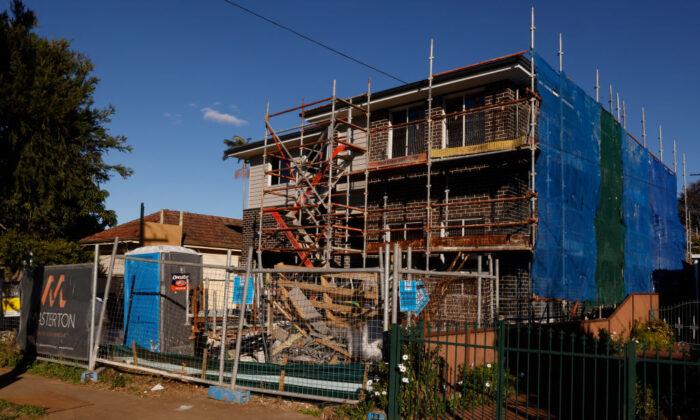More people in Australia worked multiple jobs during the June quarter reflecting efforts to beat the rising cost of living.
Australian Bureau of Statistics (ABS) data showed that the number of people having multiple jobs rose 6.7 percent year over year to a new high of 959,000 in the three months to June 2023, even higher than pre-pandemic levels.
“Growth in multiple job-holders continued to outpace increases in overall employment, with the number of secondary jobs rising by 0.2 percent and main jobs up by 0.8 percent,” Bjorn Jarvis, ABS Head of Labour Statistics, said on Sept. 8.
“This means that around one in 15 people had more than one job in the June quarter 2023, compared to one in 18 people 20 years ago.”
ABS said that the current rate of multiple job holders is at 6.3 percent or higher for the past seven quarters, breaching the rate of between 5 and 6 percent before the COVID-19 pandemic.
ABS saw that 7.6 percent of women worked more than one job during the quarter, as compared to 5.7 percent of men.
The healthcare and social assistance sector had 157,200 workers with multiple jobs and around 78.9 percent of them are women, reflecting gender distribution in the labour force.
In addition, the statistics bureau said that 8.0 percent of young workers aged 15 to 19 years old and 8.2 percent of those aged 20 to 24 years old held more than one job.
Although ABS witnessed a 3.0 percent decline in job vacancies during the quarter, these remained much higher than before the pandemic and 87.4 percent above March 2020.
“While it is good that people who need extra hours to make ends meet are able to find extra work, that such a high and growing percent of workers need to do so reveals the cost of slow wage growth and the massive fall in real wages over the past two years,” Greg Jericho, chief economist at think tank The Australia Institute, said.
“The worry is that as the economy slows and the impact of the raised interest rates increases unemployment, the number of workers in multiple jobs will fall, not because they now get enough hours and pay from their main job, but because secondary jobs are inevitably more likely to be casual or part-time they are often the first lost when the economy slows.”
ABS earlier reported a 0.4 percent improvement in the seasonally adjusted gross domestic product (GDP) in the June quarter, the seventh straight increase in quarterly GDP, attributed to capital investments and export of services. The country’s GDP rose by 3.4 percent over the 2022-23 financial year.
On Sept. 5, the Reserve Bank of Australia (RBA) decided to maintain the cash rate target at 4.1 percent.
“Interest rates have been increased by 4 percentage points since May last year. The higher interest rates are working to establish a more sustainable balance between supply and demand in the economy and will continue to do so,” RBA Governor Philip Lowe said.
“In light of this and the uncertainty surrounding the economic outlook, the Board again decided to hold interest rates steady this month. This will provide further time to assess the impact of the increase in interest rates to date and the economic outlook.”






